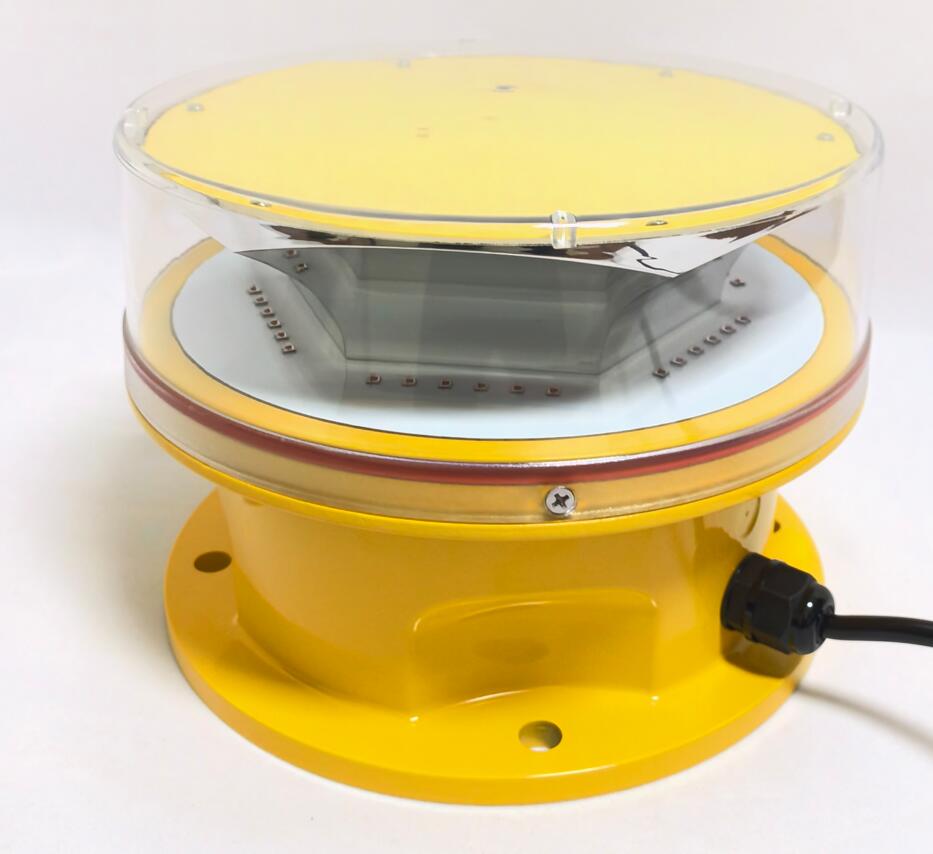Understanding the Factors Influencing Aviation Obstruction Light Price
Aviation obstruction lights are critical safety devices installed on tall structures such as towers, wind turbines, and skyscrapers to warn pilots of potential hazards. The aviation obstruction light price varies depending on several factors, including technology, compliance standards, and installation requirements. This article explores the key elements that affect pricing and provides insights for buyers looking to make informed decisions.
1. Types of Aviation Obstruction Lights
The aviation obstruction light price largely depends on the type of light being purchased. The main categories include:
Low-Intensity Obstruction Lights (L-810) – Suitable for structures below 45 meters. These are the most affordable options.
Medium-Intensity Obstruction Lights (L-864, L-865) – Used for structures between 45 and 150 meters. These are more expensive due to higher brightness and durability.

High-Intensity Obstruction Lights (L-856, L-857) – Required for structures exceeding 150 meters. These lights are the most costly due to their powerful illumination and advanced technology.
2. Compliance with Aviation Regulations
The aviation obstruction light price is influenced by compliance with international standards such as:
FAA (Federal Aviation Administration) – AC 70/7460-1L
ICAO (International Civil Aviation Organization) – Annex 14
EN (European Norms) – EN 60669
Lights that meet these stringent requirements tend to be more expensive due to rigorous testing and certification processes.
3. Power Source and Energy Efficiency
Solar-Powered Obstruction Lights – These have a higher upfront cost but lower operational expenses.
AC/DC-Powered Lights – Typically cheaper initially but may incur higher electricity costs over time.
LED vs. Incandescent Bulbs – LED lights are more energy-efficient and long-lasting, but they come at a premium price compared to traditional bulbs.
4. Durability and Weather Resistance
The aviation obstruction light price also reflects build quality. High-end models feature:
Corrosion-resistant materials (e.g., aluminum, stainless steel)
IP65 or higher waterproof ratings
| Medium-Intensity Obstruction Lights |
UV-resistant coatings
These features increase longevity, reducing maintenance costs but raising the initial purchase price.
5. Smart Features and Automation
Modern aviation obstruction lights may include:
Remote monitoring and control
Automatic brightness adjustment
Failure alerts via IoT connectivity
| Aviation Obstruction Light Price |
Such advanced functionalities contribute to a higher aviation obstruction light price but improve operational efficiency.
6. Installation and Maintenance Costs
Installation complexity affects the overall cost. Factors include:
Height and accessibility of the structure
Wiring and power supply requirements
Ongoing maintenance needs
Buyers should consider both the product cost and long-term servicing expenses.
The aviation obstruction light price is determined by multiple factors, including light type, regulatory compliance, power source, durability, and smart capabilities. While budget constraints are important, investing in high-quality, compliant lights ensures aviation safety and reduces long-term costs. Buyers should evaluate their specific needs and choose products that balance performance, reliability, and affordability.
By understanding these pricing influences, stakeholders can make cost-effective decisions without compromising on safety and regulatory requirements.
